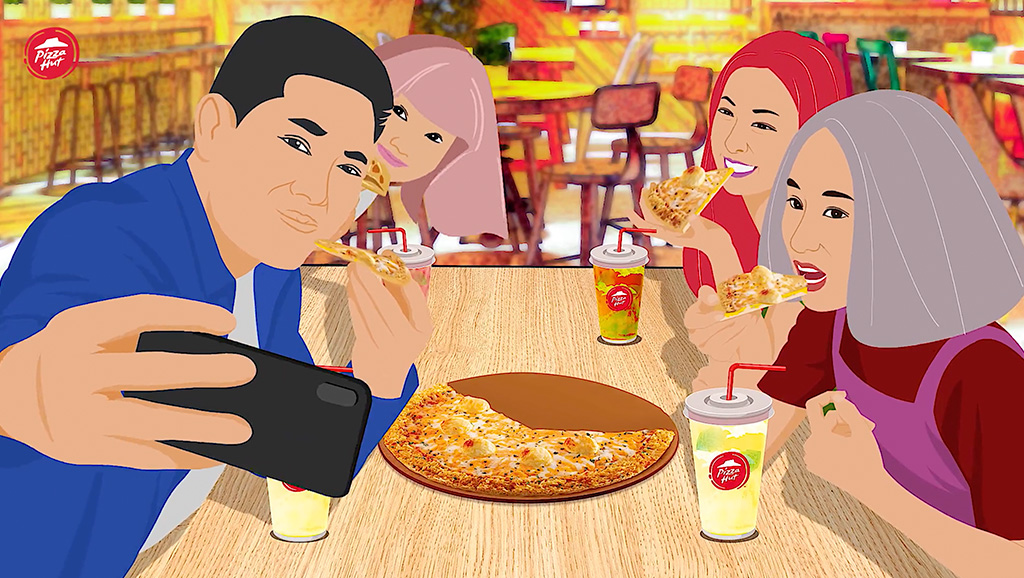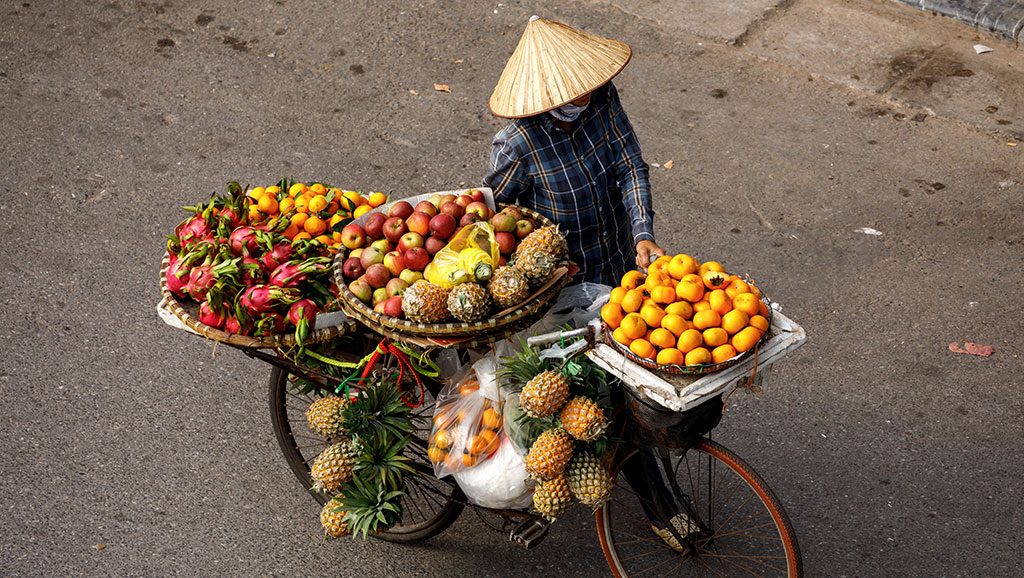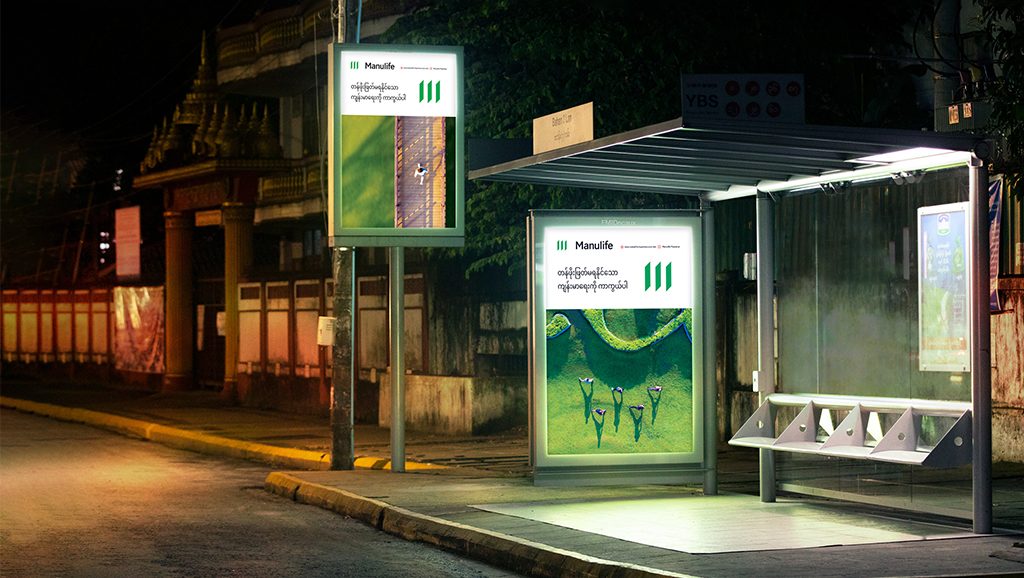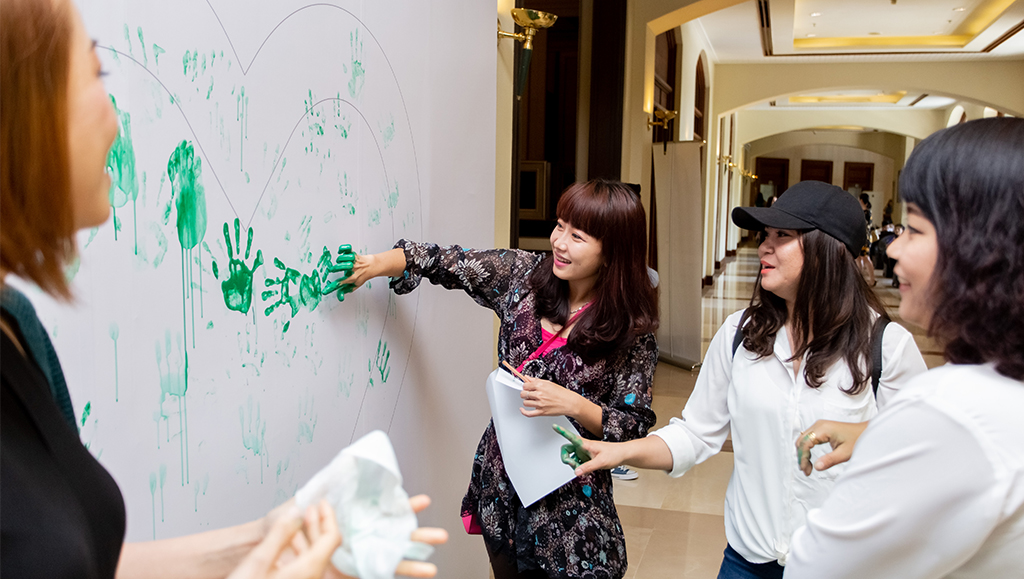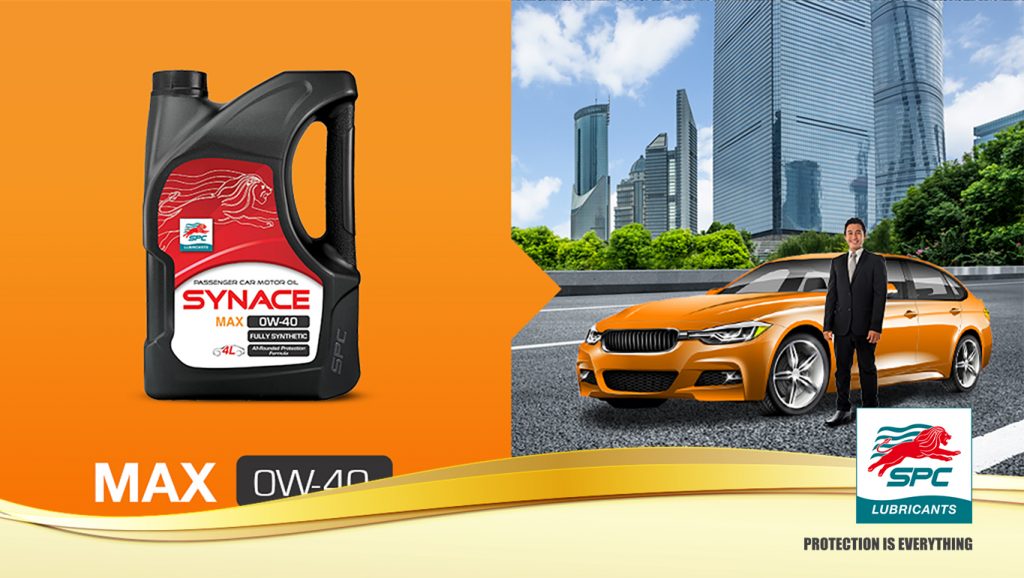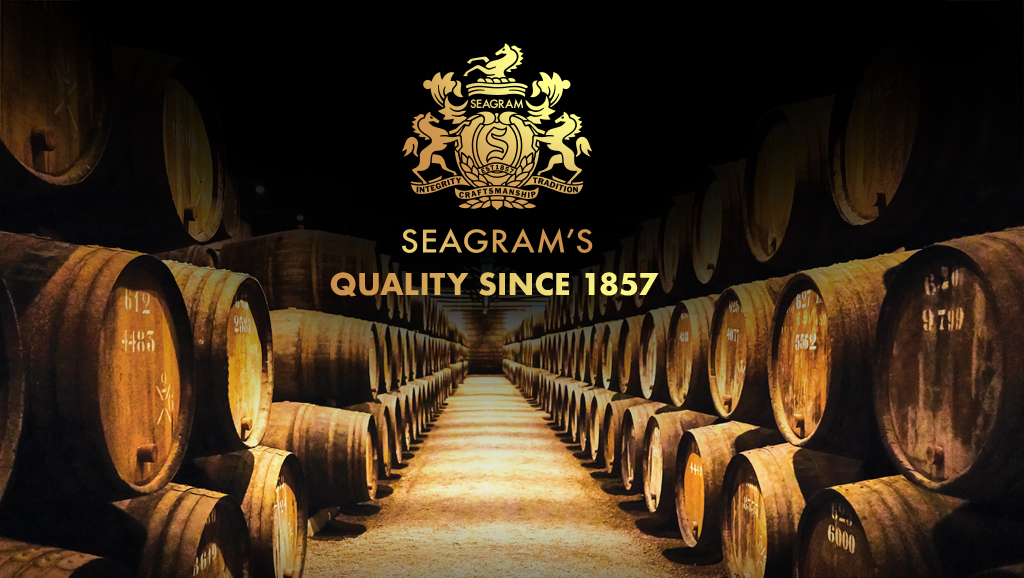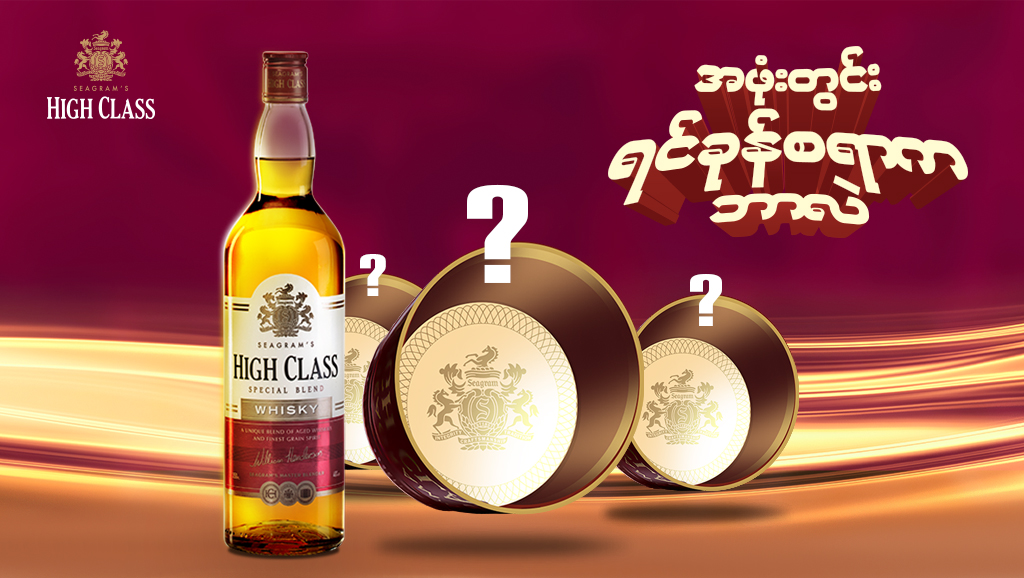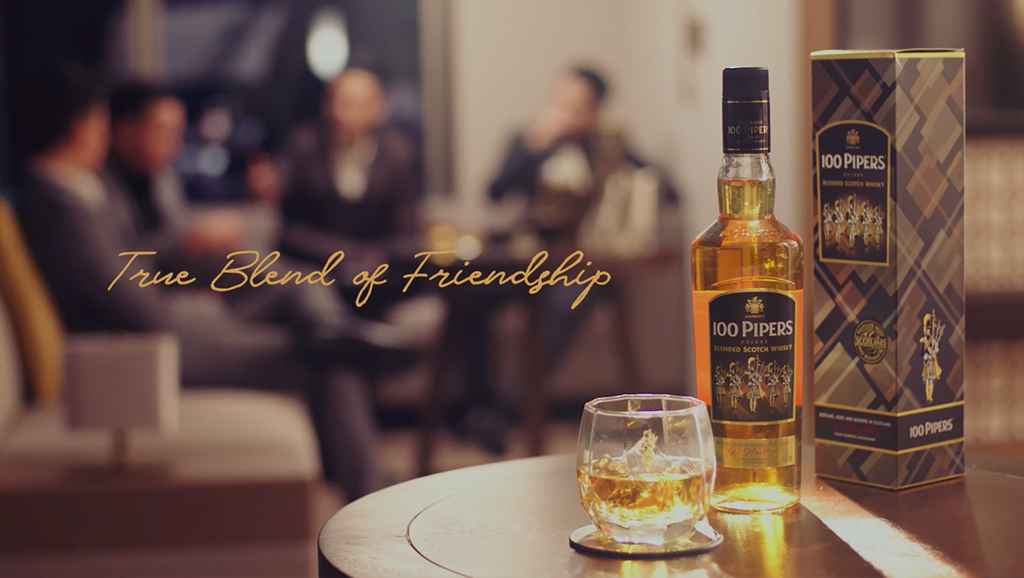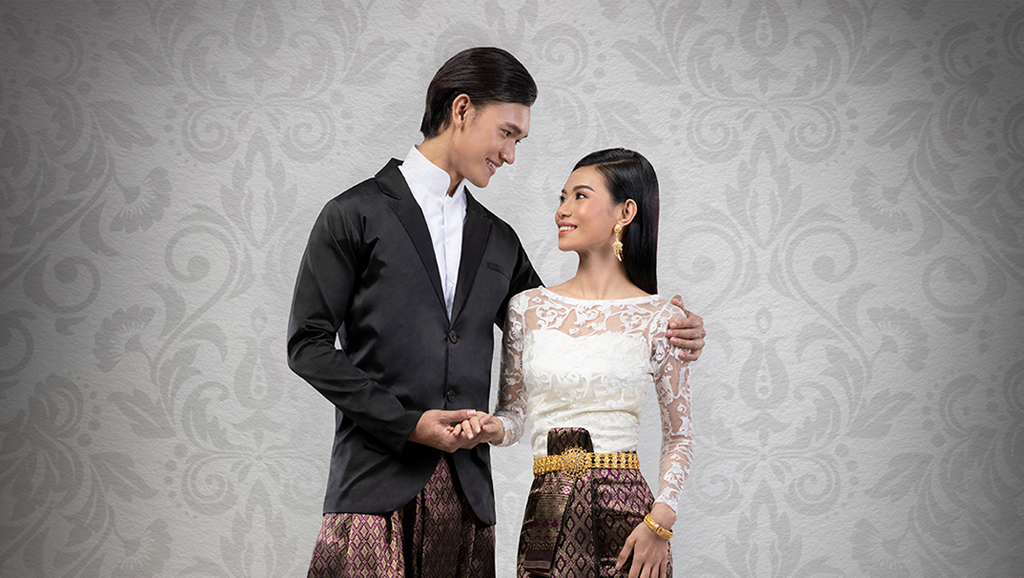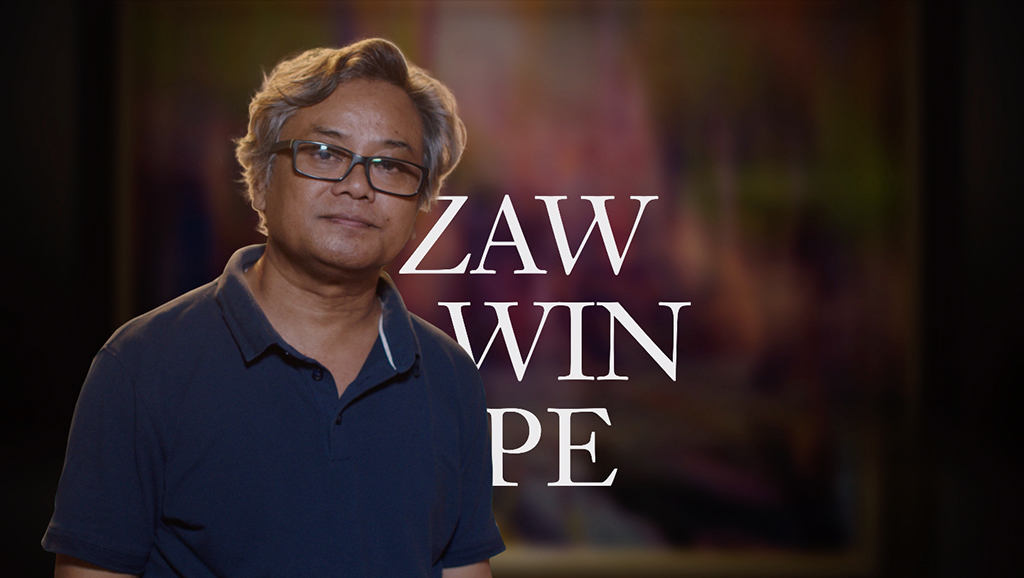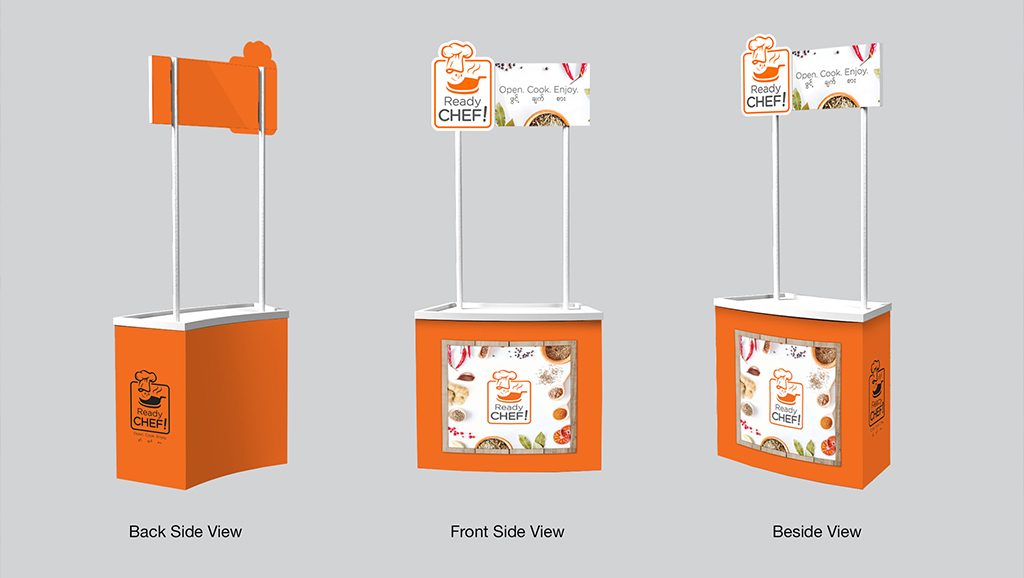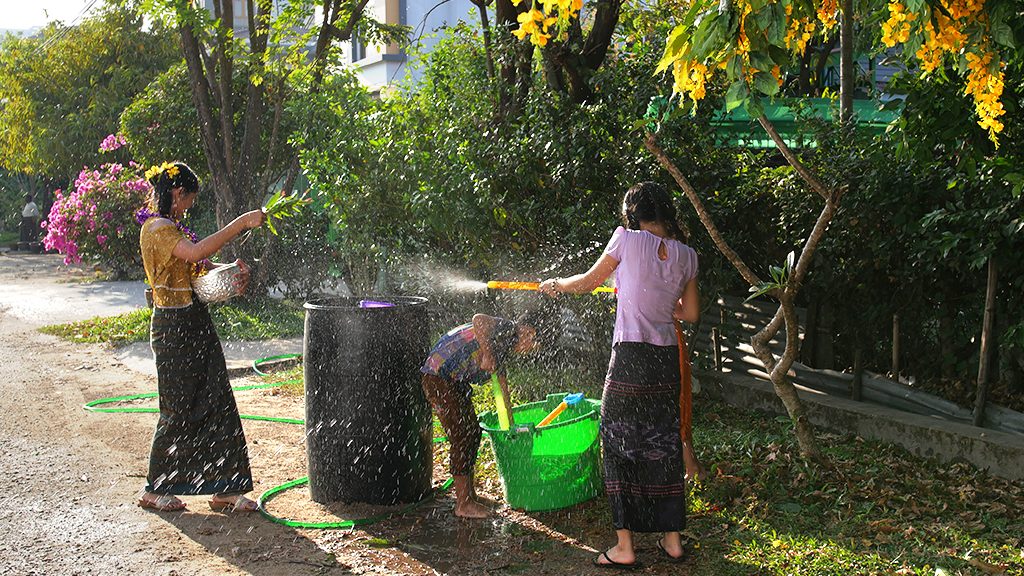
Advertising is not a new phenomenon to Myanmar; you only need to step out into the street and you are bombarded with the slogans and logos of consumables advertised in all manner of ways.
From the Yangon street seller loudly hawking her wares from a dilapidated handcart to international brand Unilever advertising their products painted 10 stories high on run-down tower blocks, the marketing and advertising of products is a big business here.
Despite being isolated from the rest of the word for 50 years due to (recently relaxed) international sanctions, Myanmar is a massively consumerist society. What the people have missed out from the lack of globally recognised products they have more than made up with local brands.
Brightly lit billboards and digital advertising screens adorn every intersection in Yangon; advertising everything from locally produced packets of pre-mix coffee to imported Samsung flat screen TVs.
Television is an important part of life here and sets are present at every teashop and beer station in the land. As only 50% of the country owns a set, these are popular places to catch up on the news and the goings on in Korean soap operas, follow their favourite football team (almost always Manchester United), sing along to talent competitions (Myanmar people love karaoke) or catch the latest Hollywood movies. Taxis blare out Myanmar interpretations of Western music, interspersed with Myanmar classics and the newsstands are filled with stacks of weekly and daily newspapers (now that they are legal). There is no shortage of media available to marketing agencies to introduce their products to an eager audience.
With top advertising agencies clamoring for a share of the market, there are many social rules, traditions and expectations that need to be kept in mind when developing an advertising campaign here. Adverts that are too sophisticated, or too subtle, will not be very effective. Generally products in Myanmar are marketed based on their values or benefits. The Myanmar consumer currently responds to marketing that demonstrates how the product will give them increased status, solve a problem or simply meet a need. While international brands still use their global positionings, they are underpinned by factual messages.
Colors are important to consider; black is thought of as inauspicious (not that it’s done Johnny Walker any harm) and red, which until recently was banned from being used in advertising (and even art) due to its associations with rebellion is actually considered a sign of strength and bravery. Oooredoo, the mobile phone operator, used this to their advantage when they went head to head with Telenor over the expansion of the mobile services in 2014.
In a country of approximately 60 million people, over half who are under 24 years old, one of the greatest opportunities for advertising agencies is the potential growth of social media marketing. Access to the internet was previously reserved for the elite due to poor infrastructure and the prohibitive cost of a SIM (over US$2,000). Now you can pick one up on the street for US$1.50. And with the relaxing of censorship of sites such as Google and Facebook, people in Myanmar and especially in the large cities such as Yangon and Mandalay are able to access information in the palm of their hands like never before. Social media marketing agencies, and mobile application development companies have been quick to take advantage of this. However, with only 4 million Facebook users in Myanmar at the moment, this is an area that will surely grow as the internet becomes more accessible and more reliable.
One thing that is very important to be aware of if you are a marketing agency new to Myanmar; using religious images such as the Buddha or monks in advertising is a criminal offence that warrants a heavy prison sentence.



